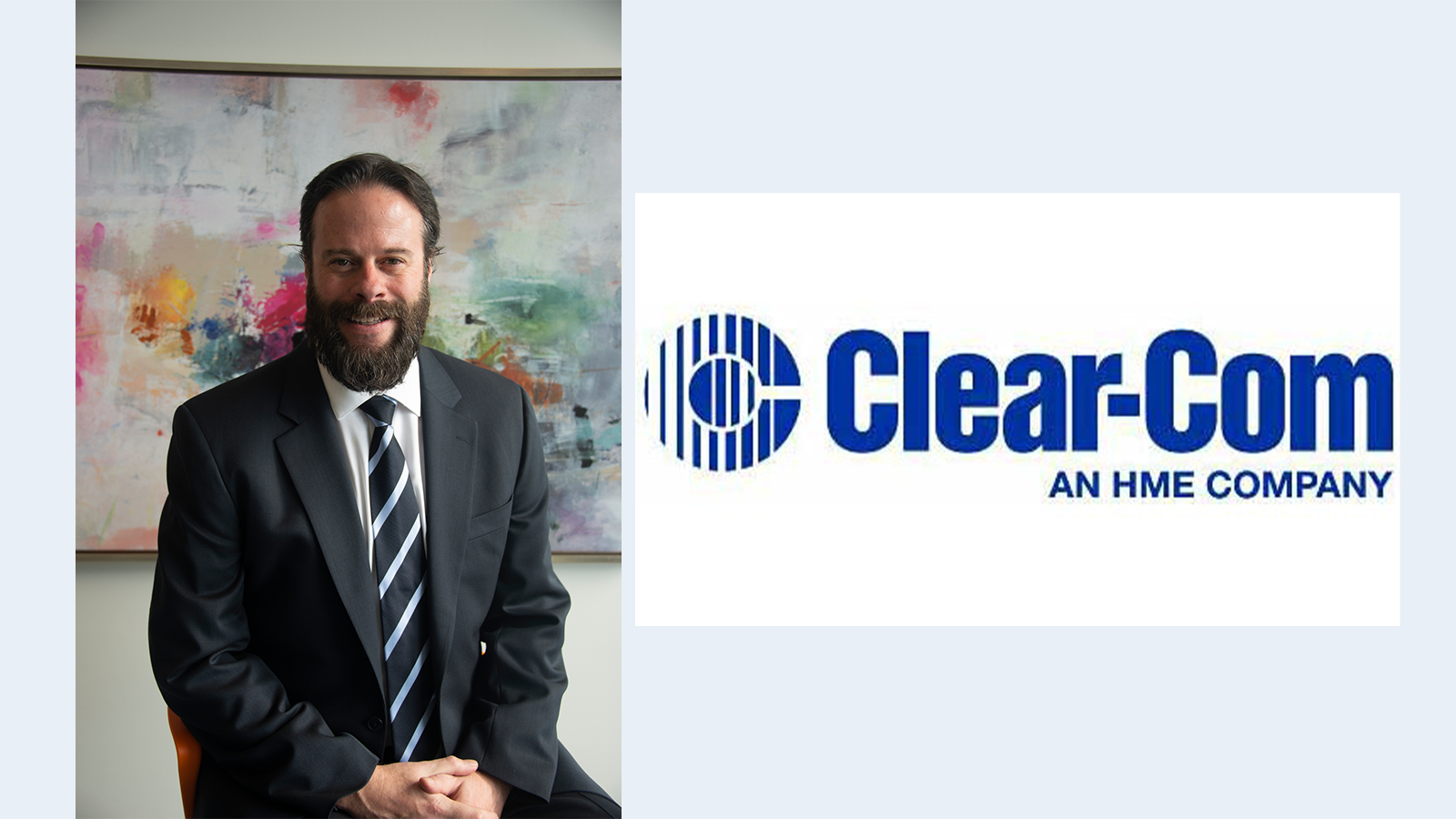Broadcasters promote mobile TV at NAB

While significant obstacles to financial success remain, broadcasters enthusiastically supported their version of mobile television at NAB — promoting new technologies and announcing a new test starting this summer with five local television stations in the Washington, D.C.-Baltimore market.
This was on the heels of a field trial in the Raleigh, NC, area involving WRAL sending a portion of its DTV signal to plasma screens on city buses. Jim Goodmon, president and CEO of Capitol Broadcasting (owner of WRAL), said digital television broadcasting has brought better TV for viewers, many new opportunities for broadcasters and that mobile video is “the icing on the cake.”
Goodmon said the goal of his station’s mobile TV service was to simulcast SD programming and reach more viewers where they work, live and play. He repeated his often quoted phrase “the main thing is to keep the main thing the main thing.”
“We’re making it possible for many more TV receivers to pick us up,” he said, alluding to the potential 200 million cell phones in the market. He also stated that mobile TV would be a great value to homeland security in the event of a disaster and the power grid is affected.
During the convention, a group of broadcasters and electronics companies called the Open Mobile Video Coalition held a press conference (the second annual meeting of the group) at which they said the DC-area CBS, NBC, PBS, Fox and Ion Network affiliates will broadcast their regular programming to wireless devices that could include mobile phones, laptop computers and auto entertainment systems. Atlanta and Seattle are two other markets being discussed for field trials in the coming months.
The OMVC is working with the ATSC to finalize a way of sending content to mobile devices and should have a standard set by the end of this summer, according to those involved.
The problem is there are currently no commercially available devices that can receive the broadcast signals. Although Dell showed a prototype Inspiron laptop at NAB, and Samsung and LG Electronics —both supporters of the broadcast standard — showed prototype phones, getting any of the devices into the hands of the public is a far more difficult proposition.
The professional video industry's #1 source for news, trends and product and tech information. Sign up below.
U.S. mobile phone carriers, who tightly control the market in the United States, must agree to subsidize and sell the devices. These carriers, who are the first buyers of the mobile units from manufacturers, determine which features are available on which devices. The public then buys from them.
Three of the four major wireless operators already offer their own mobile TV services. AT&T, Sprint Nextel and Verizon Wireless each sell TV packages for less than $15 per month from QUALCOMM’s MediaFLO and MobiTV. The programming includes a mix of live TV as well as on-demand programming and specialized mobile-only content.
Such a daunting challenge has not dimmed the enthusiasm of a growing number of station owners. So far, 70 stations in 28 markets have said they will be broadcasting in the format by the end of this year. These include New York, Chicago, Philadelphia, San Francisco, Boston and Atlanta. Each station’s investment in new equipment will be about $100,000 to $250,000.
At an NAB panel on mobile television last week, no one expressed a clear business model for the new mobile technology. Reporters pressing the panelists after the session got vague answers. “We’re working toward the business model,” said Colleen Brown, CEO of Fisher Communications, whose KOMO-DT will be one of the trial stations.
Brandon Burgess, chairman of the coalition and Ion Media Networks, noted the difficult business issues ahead. “Yes, we have to figure out how best to monetize it,” he said, “but it’s very feasible and very synergistic.”
NBC Network president John Eck was asked whether local affiliates would be allowed to transmit network primetime shows over mobile DTV. “Everybody wants the extra revenue. We’re working on the business model,” he said. Possibilities, he added, include licensing specific shows to broadcast affiliates or licensing entire networks to cable programming aggregators.
MobiTV, an established player with 6 million customers, was also at NAB. Kay Johansson, the company’s CTO, noted that the biggest problem with mobile television is getting the infrastructure in place. She admitted that if there’s no money in mobile television for the wireless carriers, they would have no incentive to support it.
At NAB, MobiTV announced that it’s partnering with Sinclair and PBS to create a hybrid mobile TV service called mixTV. Its business model combines free mobile DTV with a subscription-based seven-day window of on-demand programming.
The mixTV demonstration, said MobiTV, opens multiple new monetization opportunities for broadcasters, mobile network operators and content providers. It also supports interactivity, audience measurement and dynamic ad insertion via mobile broadcast, or on-demand content over existing wireless networks.
